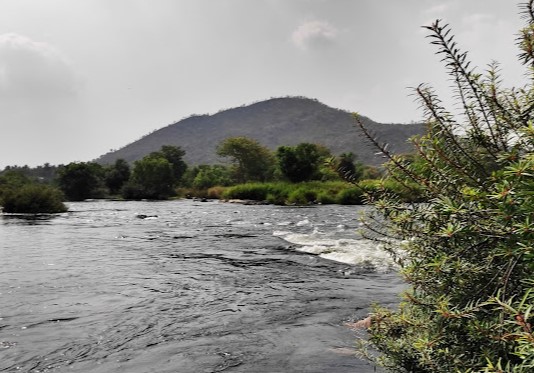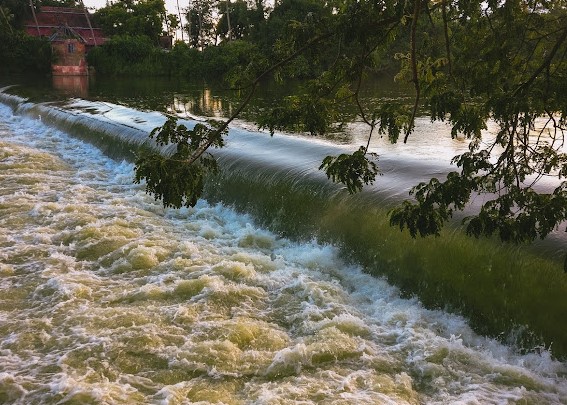- Thiruthangur, historically known as Thengur (தேங்கூர்), is the 233rd Devaram Paadal Petra Shiva Sthalam and the 116th shrine on the southern bank of the Kaveri River in Chozha Nadu. Located in the Thiruvarur District of Tamil Nadu, it houses the Vellimalainathar Temple, also referred to as the Rajathagreeswarar Temple.
- The temple is dedicated to Shiva, worshipped as Vellimalainathar or Rajathagreeswarar, with his consort, Parvati, known as Periyanayagi.
- The Sthala Vriksham (sacred tree) here is the coconut tree, and the Theertham (holy water) is called Sivagangai.
- This temple is one of the 275 Paadal Petra Sthalams, celebrated in the early mediaeval Thevaram hymns composed by the Tamil Saivite Nayanar, Thirugnana Sambandar.
- It is believed that during pralayam, a clear water stagnated at this place. Hence this place was called “Thengur”. In another version, this place was with Coconut trees, hence called as Thiruthangur.
- Mahalakshmi, left Maha Vishnu, came to earth and stayed here. She did a penance and worshipped Lord Shiva of this temple to get rid of the curse. Thiru - Thirumagal, Thangur - staying / living place, hence this place is called as Thiruthangur, which later corrupted to the present name of Thiruthangur.
PURANIC SIGNIFICANCE:
This place unaffected during Pralaya:
- Millenniums ago the world was destroyed by the great flood. Lord Shiva asked Lord Vishnu to create the world again.
- Lord Vishnu first created Lord Brahma from his naval and ordered him to create a new world.
- Even during the great Pralaya floods, one place stood unaffected with Vilwa trees. Wondered by the glory of the place withstanding the devastating currents of floods, the planets including the serpent planets installed a Linga each on the banks of Agasthya River and performed penance on Lord Shiva for 1000 years.
- Lord Shiva appeared before them, organised the new world into different zones and appointed each planet as the head of a particular zone and empowered them to treat people with rewards and punishments based on their good or bad deeds.
- Lord Brahma came to this place and named the place as Navagrahapuram pleased with the planets.
- Devendhran came here and installed the Vellimalainathar Linga. Mother was named Bhrihannayaki – Periyanayagi.
Mahalakshmi performed penance on Lord Shiva:
Mother Mahalakshmi had stayed in this holy place performing penance on Lord Shiva. Thiru = (Thirumakal), Thangur = (staying / living place) and this place is called as Thiruthangur)
Sukracharya regained his eyesight by worshipping Shiva here:
Asura Guru Sukracharya is believed to have regained his eyesight after worshipping Shiva here.
People worshipped Shiva here:
Navagrahams and Lakshmi worshipped Shiva here.
ADMINISTRATION:
The Thiruthangur Vellimalainathar Temple is located in the Thiruvarur district of Tamil Nadu, India. The administrative type is typically classified as a Hindu temple. It is managed under the Tamil Nadu Hindu Religious and Charitable Endowments Department, which oversees the administration and maintenance of temples across the state.

